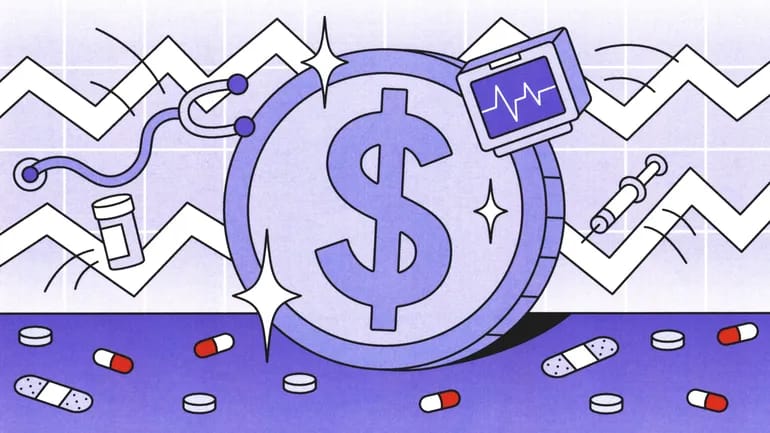Dive Brief:
- Universal Health Services posted a second quarter net income of $289.2 million on Thursday and modestly revised its full-year revenue guidance up by 0.3% to 1%.
- However, CFO Steve Filton said on the company’s earnings call that acute care hospitals experienced a “moderation of demand” for services during the quarter, with adjusted admissions increasing 3.4% year over year and surgical growth “flattening out.”
- The King of Prussia, Pennsylvania-based health system reported progress on controlling expenses — notably physician fee costs, which have plagued the system for multiple quarters. Executives called further cost controls critical to UHS’ efforts to get back to pre-pandemic operating margins.
Dive Insight:
Over the past several quarters, UHS has posted strong earnings, however, executives have maintained they have room to grow, noting their current results run below 2019 levels.
To return to pre-pandemic heights of profitability, UHS has sought to control expenses — in particular, contract labor and physician fee costs — while sustaining healthy volume growth.
Unlike some of UHS’ peers, which have invested heavily in outpatient services, UHS’ business is built on a network of acute care and behavioral health services, with 27 acute care hospitals and more than 330 behavioral care facilities.
During the second quarter, UHS’ net revenues grew 10.1% year over year to total $3.9 billion, with acute care revenues growing 6.6% and behavioral health revenue growing 11%. However, volume growth felt short of management’s expectations.
Executives said patient volumes were negatively impacted during the quarter by ongoing labor shortages limiting capacity, a drop off in the number of patients seeking care pushed back due to COVID-19 and the ongoing Medicaid redetermination process.
UHS said redeterminations have impacted the business most in southern states, including Texas, Mississippi, Louisiana and Arkansas.
Disenrollments have also disrupted adolescent behavioral health volumes, according to Filton.
“We definitely have seen some weakness in that population in the last, I’m going to say, two, three quarters, and it’s… been a slow process for those adolescents to either re-enroll in Medicaid or to get onto a commercial exchange program,” Filton said. “And if they get onto a commercial exchange program, to exhaust the sometimes large co-pays and deductibles that those plans have.”
UHS said it expects the volume trends observed in the first half of the year to remain in the back half.
“On the acute side, I think it’s adjusted admission growth in the 3% to 4% range, just sort of continuing… how we’re exiting the second quarter,” said Filton. “I think on the behavioral side, practically, it will be a tall order to get to 3% patient day growth for the whole year.”
Analysts pressed management on whether they could increase hiring to intake more patients. Executives said the problem isn’t hiring; it is retention.
“Behavioral turnover tends to be probably twice what acute care is, and that creates a lot of inefficiency,” said CEO Marc Miller. “So even though we’re hiring a lot of people, they’re leaving. And again, I think this is not just a UHS issue. I think it’s an industry-wide issue.”
UHS is investing in programs to reduce the turnover rate, including mentorship programs and career development opportunities, the executive said.
The health system has spent multiple quarters attempting to cut premium pay, and now reports it has reduced premium pay by about two-thirds from its pandemic height. However, the health system isn’t broadly interested in offering higher salaries, according to Filton.
Executives maintained the UHS portfolio of business remains a good bet long term.
“There’s a lot of sources of incidence of behavioral illness and the need for treatment in a whole variety of diagnoses, including opioid illness, and many others,” Miller said. “And again, we believe that, virtually across the board, demand for behavioral treatment continues to increase.”

